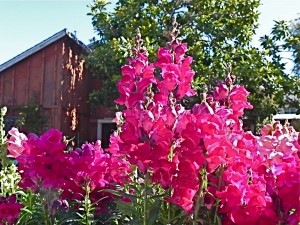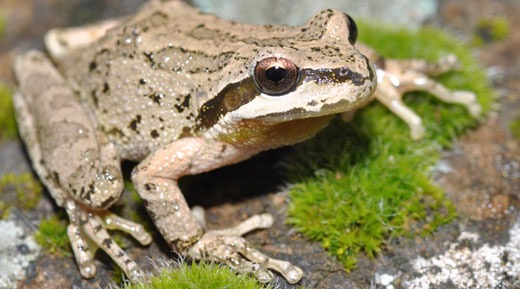 While visiting northern France a few years ago, I was inspired by Claude Monet’s garden. It is not the typical French garden with controlled manipulation of nature, but a flurry of texture and color more reminiscent of English landscapes. I gravitate to this type of casual gardening and have created areas in my yard that reflect my experimental attitude toward “all things growing”, more typical of an English garden.
While visiting northern France a few years ago, I was inspired by Claude Monet’s garden. It is not the typical French garden with controlled manipulation of nature, but a flurry of texture and color more reminiscent of English landscapes. I gravitate to this type of casual gardening and have created areas in my yard that reflect my experimental attitude toward “all things growing”, more typical of an English garden.
I find that a formal garden design tends to be somewhat restrictive. My rose garden, vegetable beds, and certain “deer resistant areas” are admittedly structured. But the flowerbeds are joyful chaos. Many of the plants in my beds were given to me by friends and neighbors. I plant them where I think they will thrive. In return, they provide color and energy against a subdued natural backdrop.
My coastal garden, nestled between the Monterey pine forests and the Pacific Ocean, does not resemble the type of English garden surrounding the large estates of our neighbors across the Atlantic. My “English” garden is more like gardens surrounding smaller English homes with relaxed perennial borders and an exuberant display of bright flowers. There are paths, and climbing vines, pots with flowers and a garden shed and henhouse that are both quaint and useful.
English gardens delight the eye with a sense of playfulness. Plants can spill over walls and across paths. They surround and climb structures such as arbors, fences, and walls. They have secret sitting areas, a bench or chair in a sunny corner, a large boulder that absorbs heat on sunny days. Mine has a circle of stone benches for conservation and chairs under the apple trees for “sitting a spell”.
English gardens are easy for the amateur gardener to create. They do not need to be color coordinated. English flower gardens offer a wonderful excuse for combining plants. Mixing herbs with roses or placing twig teepees covered in sweet peas in a border for added height is a common practice.
You can add a simple “English flower garden” to your yard by clustering containers brimming with color. For a strong visual impact, place the grouping in a dull corner of your deck. Plant small trees and shrubs in flower borders to add height. English gardens are dynamic so keep in mind, “It’s all an experiment.”


